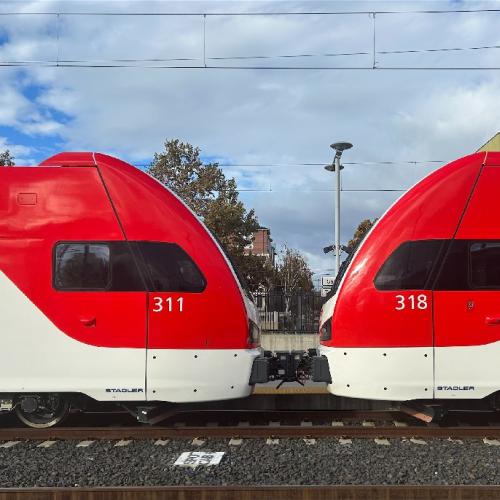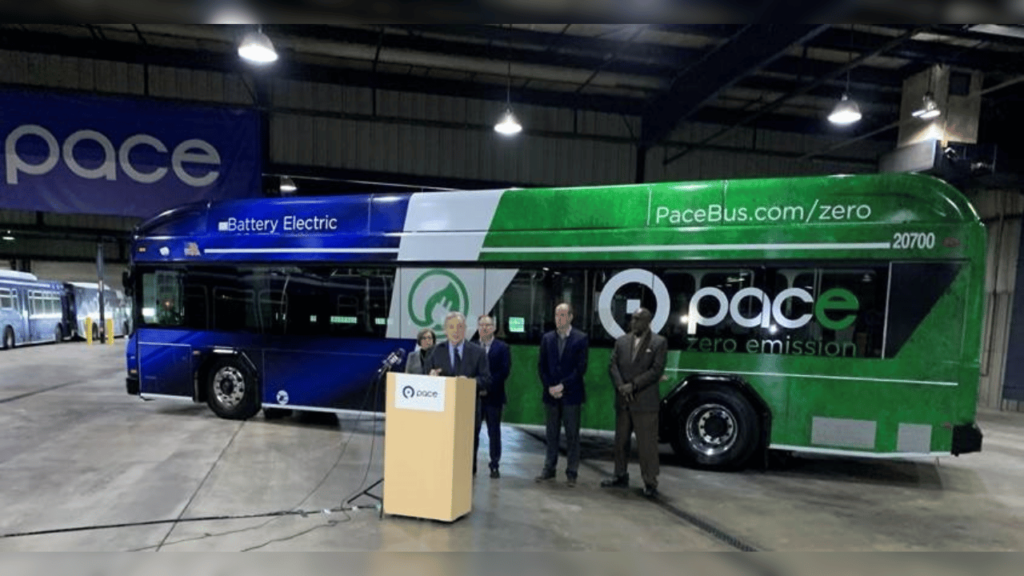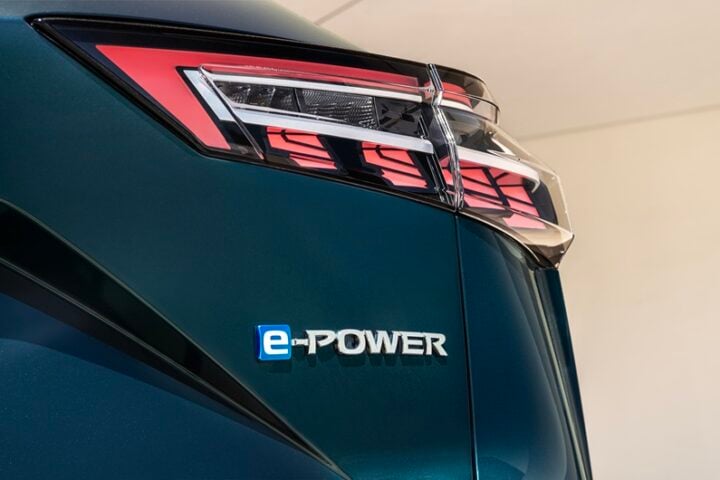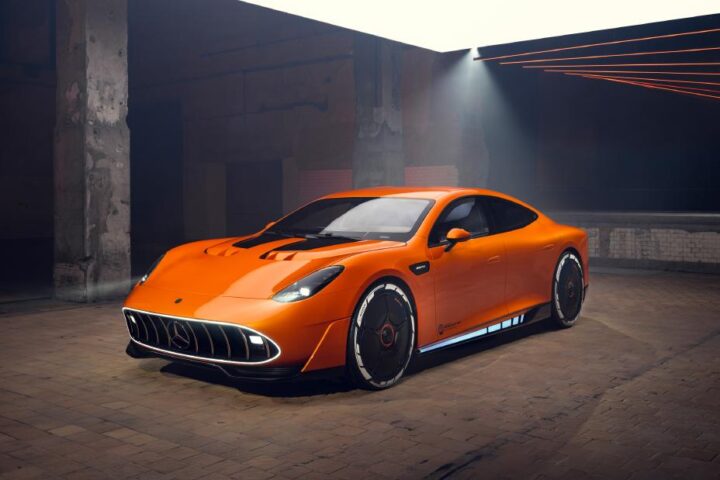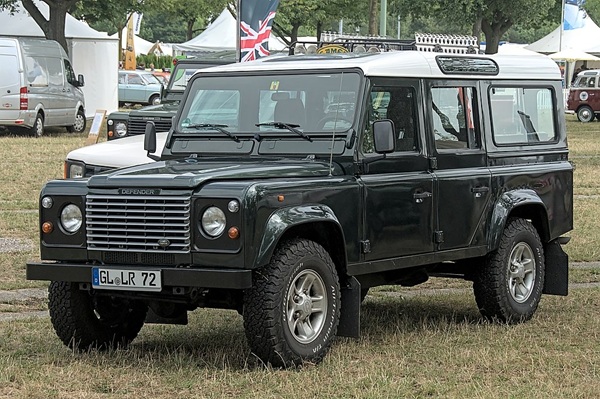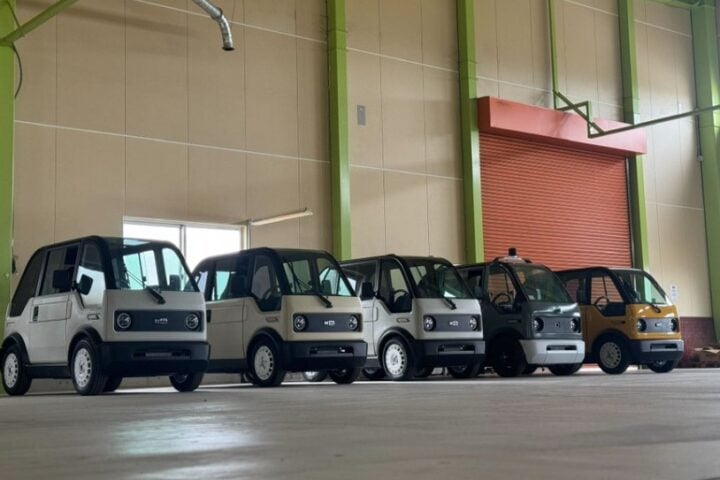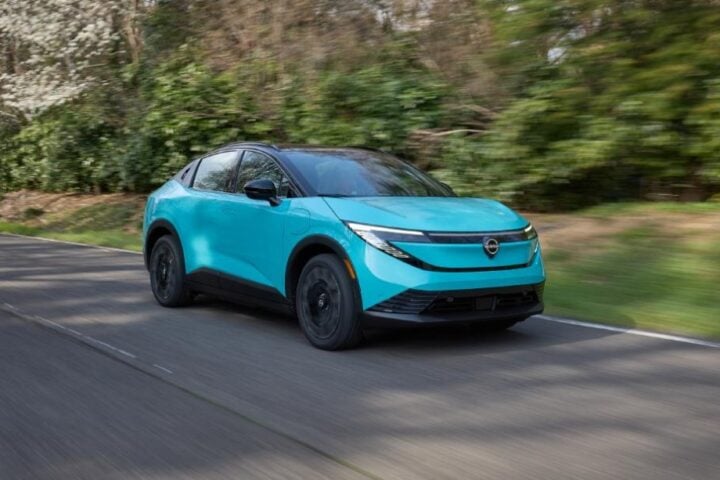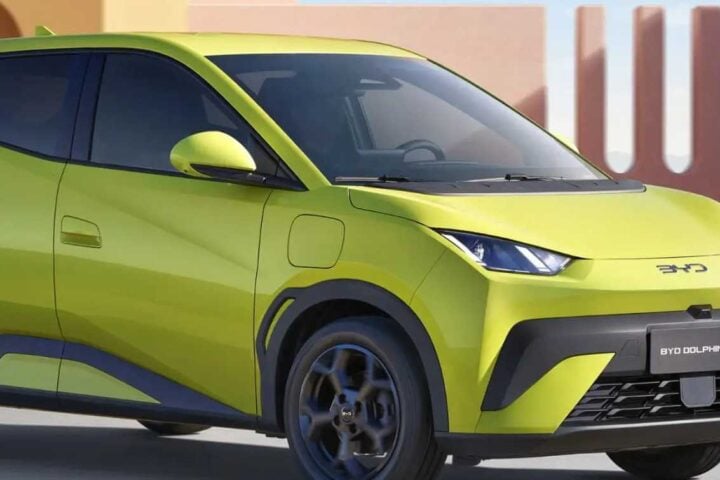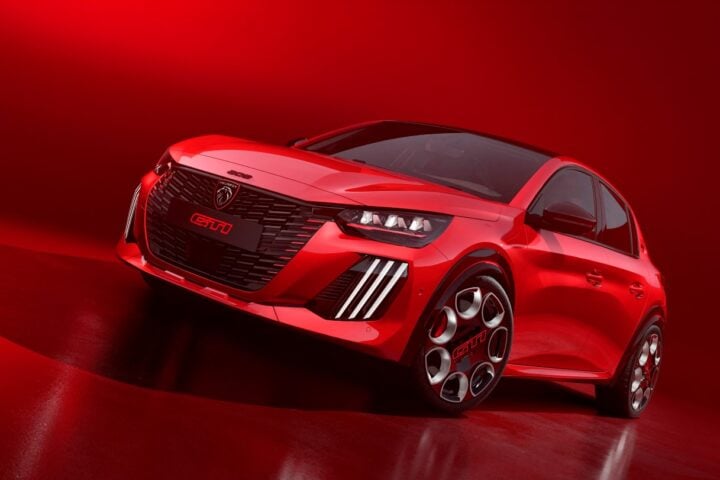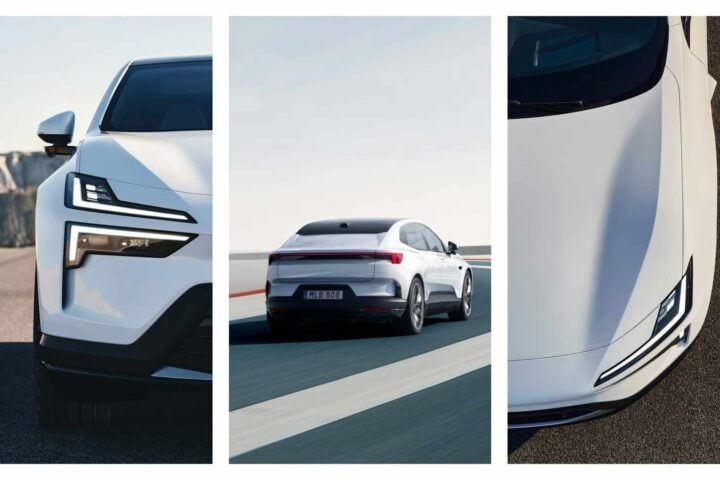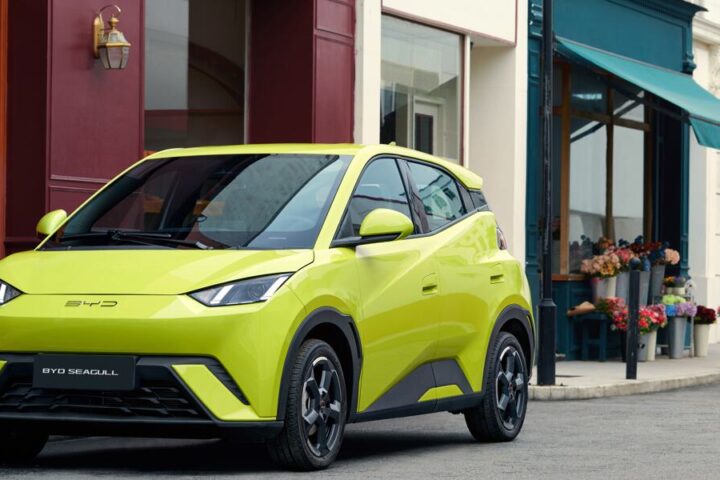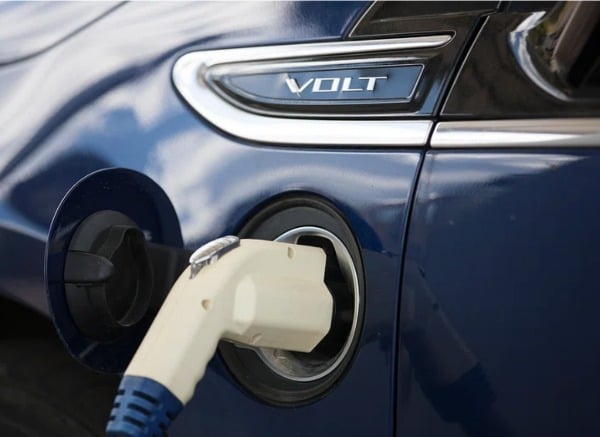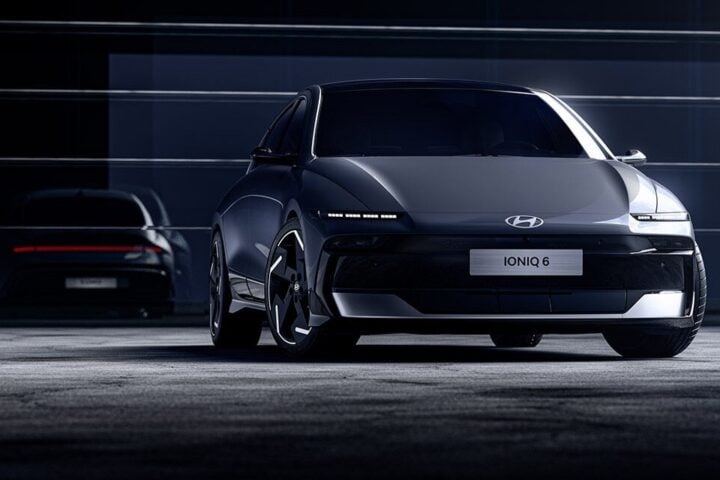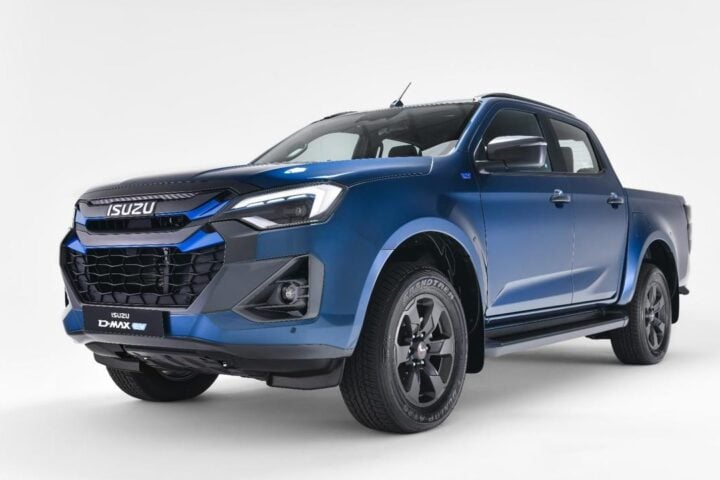In its Electrification Project, Caltrain, a major participant in California’s public transportation system, has achieved a noteworthy milestone. Three of its twenty-three new electric train sets have effectively finished a demanding 1,000-mile testing phase as of early 2024. To make sure the trains fulfill the strict safety and quality requirements needed for passenger service, this testing is essential. Part of Caltrain’s historic undertaking, the switch to electric trains is the first major move from diesel to electric systems in decades in North America.
The 48-mile Caltrain route between San Francisco 4th and King Station and San Jose Diridon Station is expected to see a significant transformation in the way people travel thanks to the electric trains, which are produced in Utah by Stadler US. Caltrain hopes to greatly improve the customer experience in addition to increasing service frequency and speed with the arrival of these trains. Advanced features like Wi-Fi, power outlets at each seat, energy-efficient lighting, coat hooks, security cameras, and more under-seat storage are all included in each of the seven cars that make up a train set. Compared to the current diesel-run models, the new trains are intended to produce less noise and have faster acceleration and deceleration.
Similar Posts
In addition to being a significant advancement in public transportation technology, the electrification project is essential to meeting local and state climate action objectives. Caltrain wants to lessen air pollution, cut greenhouse gas emissions, and ease traffic congestion by switching from diesel to electric power. The future high-speed rail network in California is also made possible by this initiative. The frequency of service will improve significantly with electrification; daily peak-hour rail service will be expanded to 79 stations per hour, a major increase from the existing 66. In addition, noon service would cover 44 stations per hour, up from 34, and 11 stations will receive four train arrivals every hour, instead of the current seven.
Six of these new electric train sets are currently on Caltrain property; the remaining sets should be delivered from the Stadler production facility during the course of the upcoming year. By the fourth quarter of 2024, the entire fleet of 23 trains should be running, which would usher in a revolutionary era for Caltrain and its customers.
This development in rail technology is a component of a larger trend in the rail sector toward sustainability and modernization. Around the world, comparable initiatives are being carried out, which reflects a movement toward more environmentally friendly and effective train networks. In the context of urban development, mitigating climate change, and offering top-notch public transportation services, these activities are essential.
The Electrification Project by Caltrain marks a new chapter in the lengthy history of rail transportation in California, coinciding with the region’s 160th anniversary of passenger rail service. The project advances the more general objectives of environmental sustainability and urban mobility in addition to greatly enhancing the daily commuter experience.
